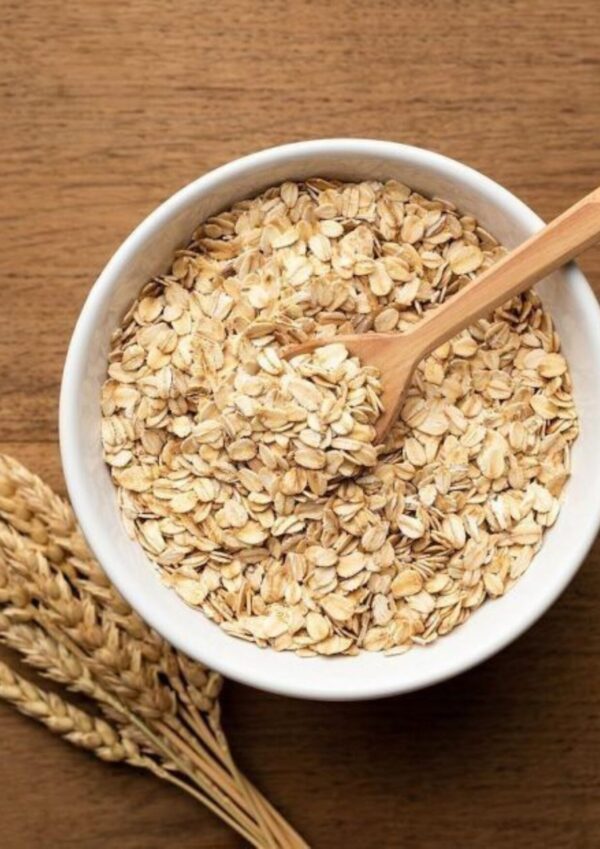Support: +0413 490 1050

Oats
Oats is a crop of the Mediterranean origin. The popularity of this crop has been on the rise due to its various uses in different fields today. Oats exporter in India export tonnes of oats to different countries each year. Oats export from India includes various varieties of the product. Exporting these incredibly nutritious grains is a good business opportunity for Indian Oats exporter. Oats export also has several other advantages.
Oats Varieties We Export
India is known for cultivating diverse, high-quality varieties of oats, suitable for both fodder and grain purposes. At [Your Company Name], we proudly export premium Indian oats including varieties such as HFO-114, Brunker-10, Weston 11, and more. These varieties are in high demand across global markets due to their productivity, disease resistance, and nutritional value. Here’s an overview of the top oats varieties we offer:
HFO – 114 (Haryana Javi – 114) — An early-maturing oats variety introduced in 1974, HFO-114 is well-suited for dual harvests. It offers tall plants with strong tillering, uniform flowering, and excellent disease resistance. Known for its bold grains and resistance to lodging, it yields about 50–55 tons/ha of green fodder, 13 tons/ha dry matter, and around 20 quintals/ha of seed.
Brunker-10 — This quick-growing oats variety is recognized for its fine, narrow leaves and prostrate plant structure. Though the early growth is slow, it develops vigorous tillers over time. Brunker-10 is typically grown in regions like Punjab, Haryana, Delhi, and Uttar Pradesh and yields 40–45 tons/ha of green fodder in around 140 days.
Weston 11 — Released in 1978, Weston 11 is a semi-erect oats variety with broad leaves and smooth panicles. The plants grow to a height of approximately 155 cm. It takes about 110 days to flower and reaches full maturity in 160 days. This variety is ideal for areas with moderate climatic conditions.
Palampur-1 — Developed for mid-hill regions, Palampur-1 was introduced in 1980 and is primarily cultivated in Himachal Pradesh. It is known for profuse tillering and resistance to lodging. A medium-maturity variety, Palampur-1 delivers about 50 tons/ha of green fodder, making it suitable for fodder-intensive regions.
Bundel Jai-822 — A result of intervarietal hybridization, Bundel Jai-822 was released in 1989. This upright-growing variety features smooth nodes and is well-adapted to various climatic zones. It flowers in 95–100 days and matures in about 125–130 days, offering reliable yields for fodder production.
Sabzaar (SKO-7) — Bred in Srinagar and released in 1997, SKO-7 or Sabzaar is best suited for the temperate climate of Kashmir and high-altitude regions of Jammu. A dual-purpose variety with high tillering capacity and leafy growth, it yields 35–40 tons/ha of nutritious green fodder.
Harita (RO-19) — Released in 2007 for Maharashtra, Harita is a multicut oats variety ideal for irrigated winter farming. Developed from the Kent population, it performs well under repeated harvesting. Farmers can expect around 50 tons/ha of green forage and nearly 9.5 tons/ha of dry matter.
UPO–212 — Introduced in 1990, UPO-212 is tailored for northern and central India. With 8–10 tillers and light green stems, this variety features fine, flexible awns. It is a multi-cut oats variety that offers high productivity — averaging around 60 tons/ha of green fodder.
OL-125 — Developed using the Appler and IPC-163 strains, OL-125 was launched in 1995 for cultivation in northwest and central India. Suitable for both single and multiple cuts, it produces approximately 58 tons/ha of green fodder and is a preferred variety for commercial fodder farming.
INGREDIENTS
| Nutrients | Calories - 389 calories, Carbs - 66.3 grams, Fibre - 10.6 grams |
| Protein | 16.9g |
| Vitamin | Vitamin B |
| Minerals | Manganese, Phosphorous, Copper, Iron, Selenium, Magnesium, Zinc |





